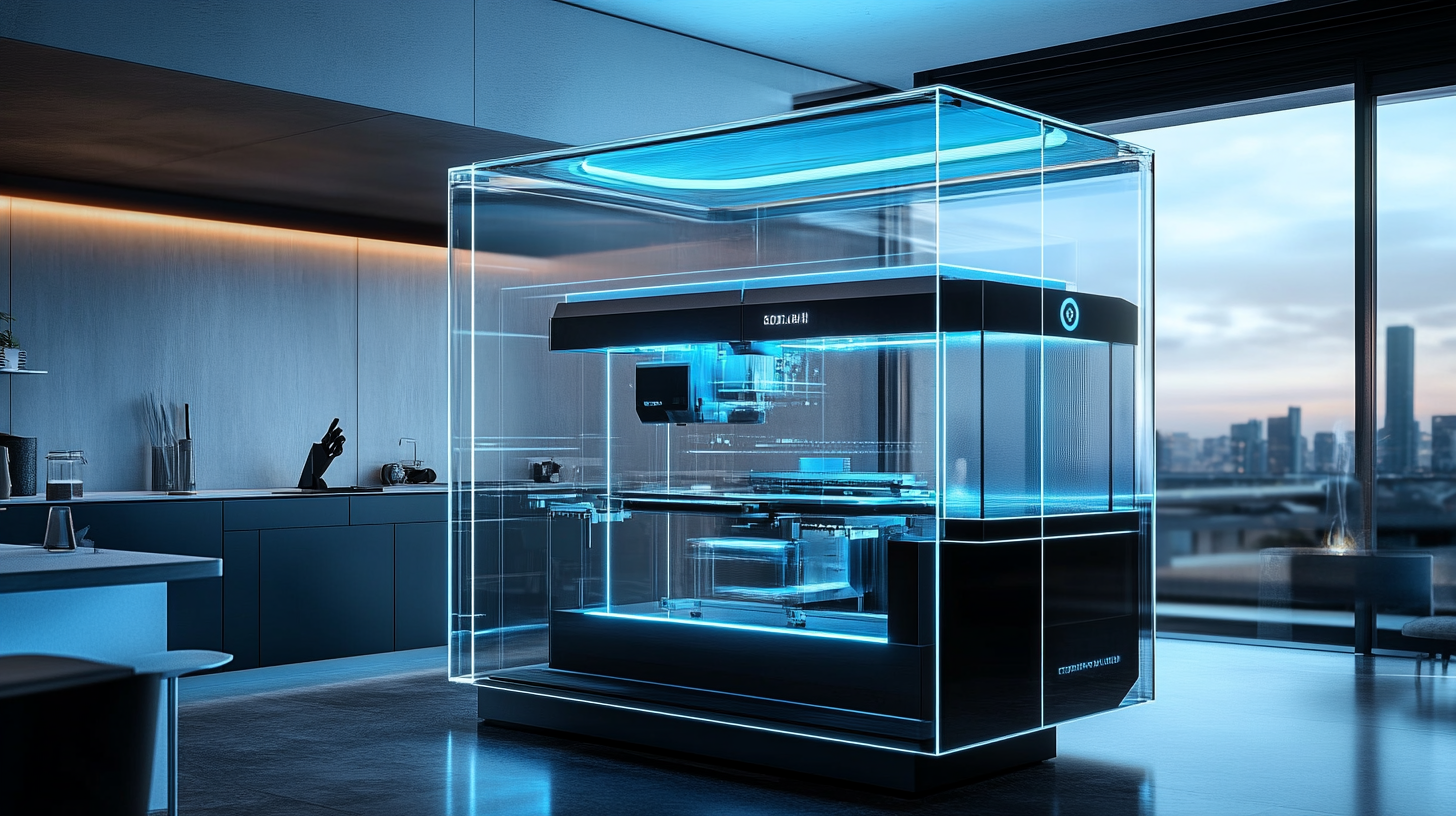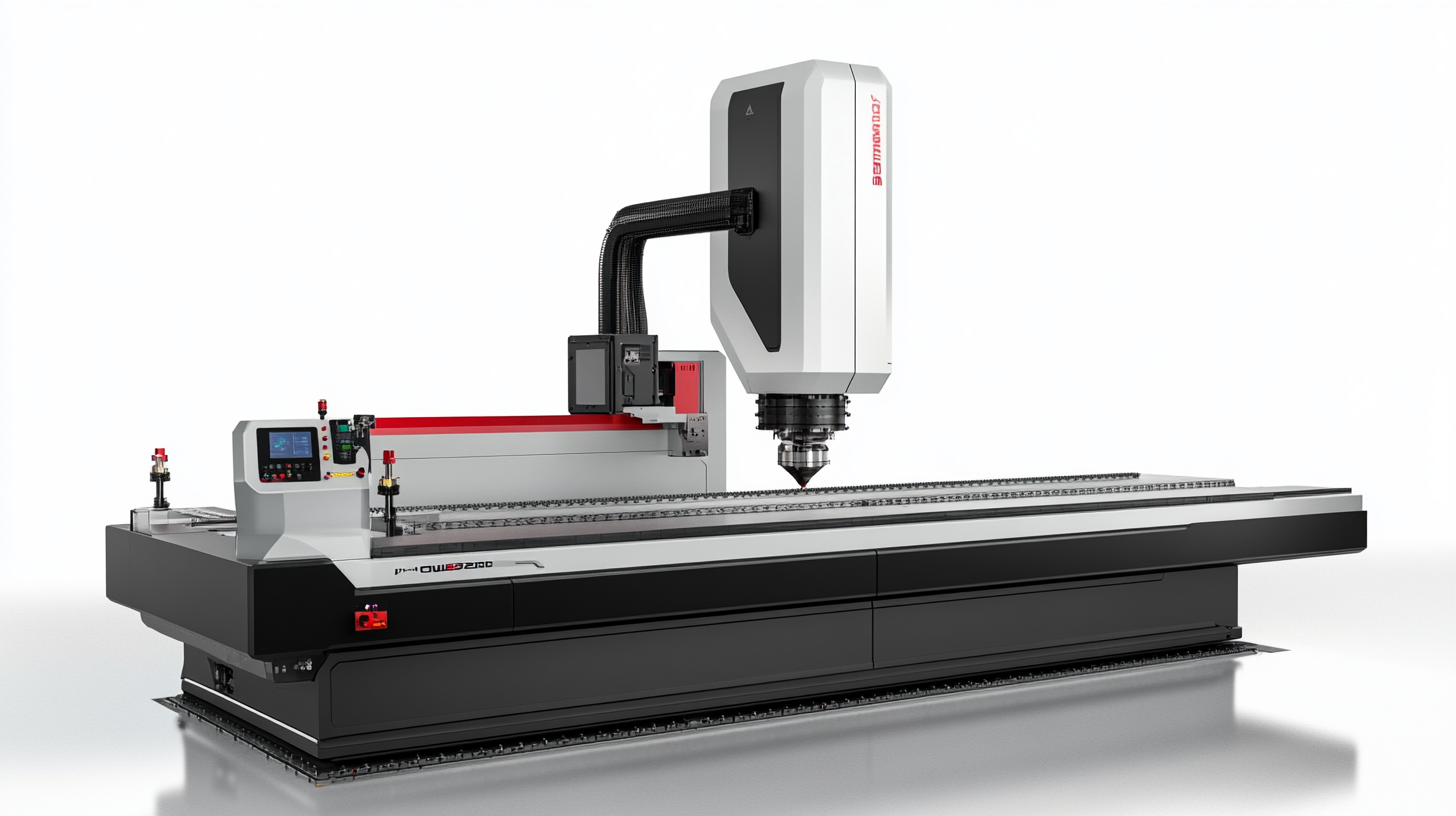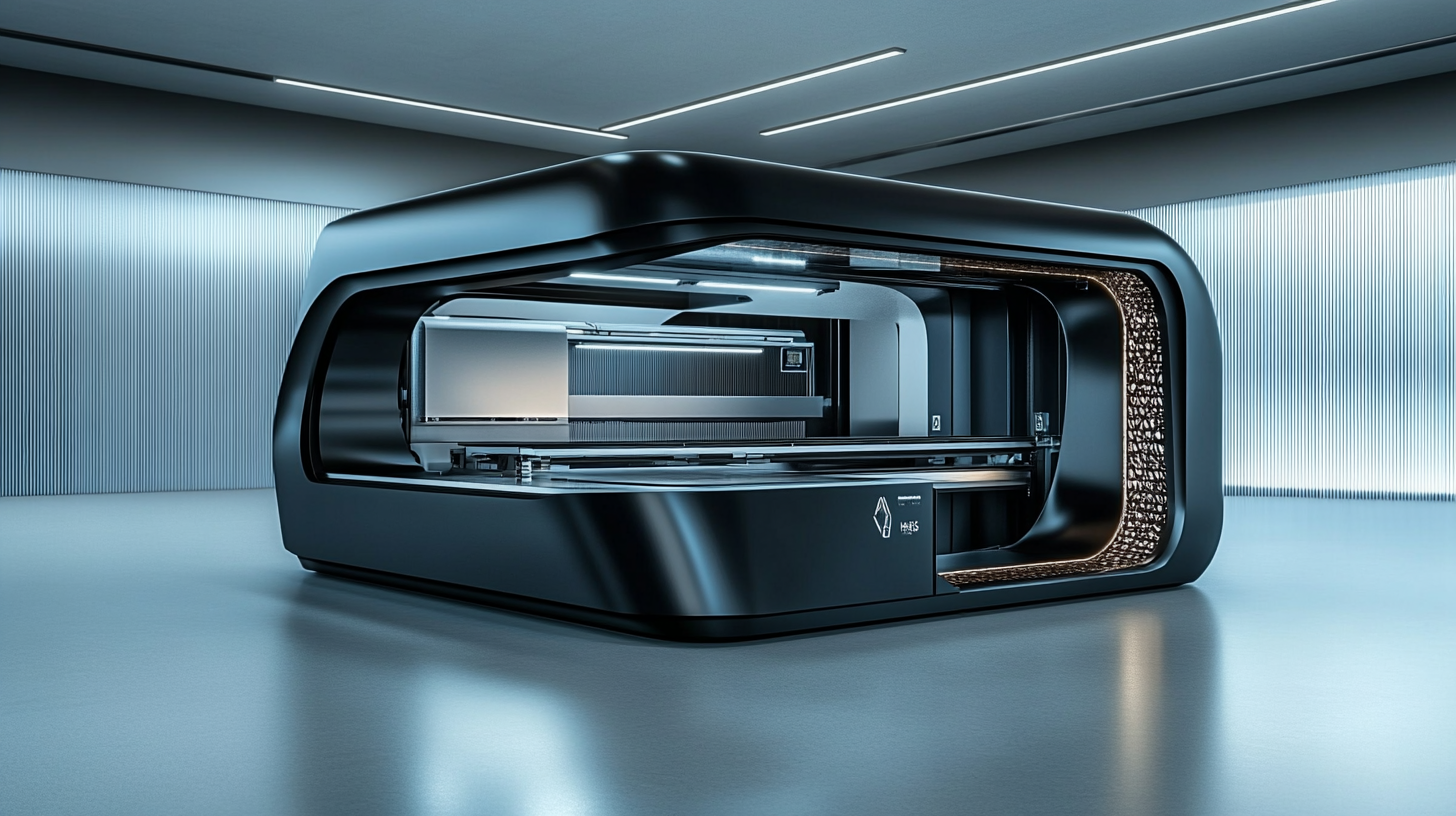Future of CNC Machine Glass Cutting in 2025 Your Complete Guide to Innovation and Efficiency
In the ever-evolving landscape of manufacturing, the future of CNC machine glass cutting is poised for transformative advancements that promise to enhance both innovation and efficiency. As we move towards 2025, the integration of cutting-edge technologies such as automation, artificial intelligence, and smart connectivity is expected to redefine how glass cutting operations are conducted. This progression is not merely about maintaining pace with industry standards; it's about revolutionizing the very framework of CNC machine glass cutting processes, ensuring precision, speed, and operational excellence.
The upcoming trends and innovations in CNC machine glass cutting will create unprecedented opportunities for businesses to optimize their production capabilities and reduce waste. By exploring the advancements in equipment, software, and techniques, companies can harness greater control over their glass cutting workflows. This guide aims to provide a comprehensive overview of the anticipated changes in technology, efficiency improvements, and the overall impact on the manufacturing sector, paving the way for a more streamlined and effective approach to CNC machine glass cutting in the coming years.

Emerging Technologies Transforming CNC Machine Glass Cutting Methods
The landscape of CNC machine glass cutting is poised for significant transformation by 2025, driven by the emergence of innovative technologies that enhance precision and efficiency. As the global machine tools market experiences robust growth—projected to soar from USD 97.1 billion in 2024 to USD 196 billion by 2034—the CNC glass cutting sector stands to benefit immensely from these advancements. Emerging technologies such as artificial intelligence, advanced robotics, and new software integrations are set to redefine traditional cutting methods, allowing for unprecedented levels of customization and automation.
At the forefront of this evolution are sophisticated CNC systems that leverage real-time data analysis to optimize cutting processes. These systems not only improve accuracy but also significantly reduce material waste, thereby promoting sustainability in glass production. Furthermore, the integration of IoT (Internet of Things) in CNC machines will allow for better monitoring and predictive maintenance, minimizing downtime and enhancing productivity.
A notable example of innovation in this field can be seen in recent investments in tech-driven companies. For instance, the expansion of Newcastle University tech spin-out Microbritt highlights the potential of advanced manufacturing technologies in driving efficiency. As these new technologies permeate the CNC glass cutting landscape, manufacturers will need to adapt quickly to harness their benefits, ensuring they remain competitive in an increasingly demanding market.

Integration of AI for Enhanced Precision and Speed in Glass Cutting
The advent of artificial intelligence (AI) is rapidly transforming industries, and glass cutting is no exception. In 2025, CNC (Computer Numerical Control) machine glass cutting will harness the power of AI to achieve unprecedented levels of precision and efficiency. By integrating advanced algorithms that analyze thousands of parameters in real-time, these machines can optimize the cutting process based on the specific characteristics of each glass piece. This innovation is not only enhancing the quality of cuts but also significantly reducing waste and operational costs.
AI-driven CNC glass cutting machines can learn from previous cutting patterns and outcomes, enabling them to predict and respond to potential issues before they occur. For instance, by utilizing machine learning, these systems can adjust cutting speeds and pressures on the fly, ensuring that each cut is executed with the utmost accuracy. Furthermore, integrating AI with robotics enhances the ability to handle complex shapes and designs—something that traditional methods struggle to achieve with consistency. This evolution leads to a new era of customization, allowing manufacturers to meet diverse client demands rapidly and effectively.
The efficiency gained through AI integration contributes to faster turnaround times and increased production capacities. As real-time data analytics become standard in glass cutting processes, manufacturers can expect not just improvements in output but also in quality assurance. By minimizing human error and maximizing machine capabilities, AI promises to reshape the landscape of glass cutting, paving the way for innovations that will define the industry in the coming years. Embracing these technological advancements is crucial for businesses looking to remain competitive in a fast-evolving market.

Sustainable Practices in CNC Glass Cutting Operations by 2025
As we move towards 2025, the landscape of CNC glass cutting is poised for significant change, especially in the realm of sustainable practices. With growing environmental concerns and the pressing need for efficient resource management, CNC operators are increasingly adopting eco-friendly techniques in their production processes. The introduction of advanced materials and cutting-edge technology has paved the way for more energy-efficient machines that minimize waste without compromising on quality.
Incorporating sustainable practices within CNC glass cutting operations involves a two-fold approach: reducing the carbon footprint and optimizing material usage. Innovations such as real-time monitoring systems allow operators to track energy consumption and implement adjustments promptly, ensuring that machines are running at peak efficiency. Furthermore, recycling glass waste has become a standard practice, enabling manufacturers to reclaim valuable materials and reduce landfill contributions. By embracing these methods, businesses not only comply with regulatory standards but also stand to benefit from cost savings and enhanced public image.
Moreover, training and awareness among staff are paramount in fostering a culture of sustainability. Organizations are investing in education programs that emphasize the importance of eco-conscious practices. This not only empowers employees to contribute to sustainability goals but also encourages them to be a part of the innovative journey that CNC glass cutting is undergoing. As we look ahead, the fusion of technology and sustainability will redefine the operational framework, making CNC glass cutting operations more efficient and environmentally responsible by 2025.

Key Industry Trends Shaping the Future of CNC Glass Cutting
The future of CNC machine glass cutting is poised for transformative changes driven by key industry trends that prioritize innovation and efficiency. One of the most significant movements is the increasing integration of automation and robotics in CNC operations. As manufacturers seek to reduce manual labor costs and enhance precision, automated systems are being incorporated into glass cutting processes. This shift not only speeds up production times but also minimizes errors, delivering higher-quality results.
Another trend shaping the future of CNC glass cutting is the adoption of advanced materials and technologies. For instance, the use of smart glass and composite materials presents unique challenges and opportunities for CNC systems. Manufacturers are investing in research and development to ensure their machines can handle these new materials effectively, enabling businesses to meet evolving market demands. Furthermore, advancements in software solutions that optimize cutting paths and improve design integration are crucial for driving productivity.
Sustainability is also becoming a central focus in the CNC glass cutting industry. With environmental concerns on the rise, companies are exploring eco-friendly practices, such as reducing waste through more efficient cutting methods and utilizing sustainable materials. Implementing energy-efficient machines not only aligns with global sustainability goals but also can lead to cost savings in the long run. As we move towards 2025, these trends will likely redefine the landscape of CNC glass cutting, positioning companies that embrace them at the forefront of the industry.
Cost Efficiency: Balancing Innovation and Production in CNC Glass Cutting
In the rapidly evolving landscape of CNC glass cutting, cost efficiency has emerged as a critical factor for businesses aiming to balance innovation and production. According to a report by Markets and Markets, the CNC machining market is projected to grow from $63.5 billion in 2020 to $100.3 billion by 2025, highlighting a significant trend towards automation and advanced manufacturing technologies. This growth is not merely a reflection of increased production demands but also an indication of a shift towards optimizing operational costs while enhancing precision in glass cutting processes.
To achieve cost efficiency, companies are increasingly adopting smart technologies that improve workflow and reduce material waste. For instance, leveraging software that integrates CAD/CAM systems can streamline the entire cutting process, saving on both time and resources. A study by Technavio reveals that implementing automation in CNC operations can lead to a productivity increase of up to 30%, allowing manufacturers to produce higher volumes at lower costs. Investment in innovative machinery, equipped with advanced sensors and IoT capabilities, further supports this trend by providing real-time data analysis for more informed decision-making.
Moreover, the emphasis on sustainability in manufacturing processes is reshaping cost efficiency strategies. According to the International Data Corporation (IDC), companies that incorporate environmental considerations into their production are likely to increase their profitability by 15% to 20%. This shift is prompting CNC glass cutting operations to employ recycling techniques and eco-friendly materials, not only to meet regulatory standards but also to appeal to environmentally conscious consumers. The integration of sustainable practices into the production line proves that balancing innovation with responsible manufacturing can lead to significant cost savings while fostering brand loyalty in the competitive market.

Home
About Us
Products
UPVC PVC Window Machine
Aluminum Window Machine
Glass Cutting Machine
Glass Edging Machine
Insulating Glass Machine
Glass lifting machine
Glass Washing Machine
Glass Laminating Machine
Glass Sandblasting Machine
Glass Drilling Machine
CNC Glass Working Center
CNC Non-Metal Cutting Machine
The Other Glass Machinery
Application
Download
News
Contact Us




